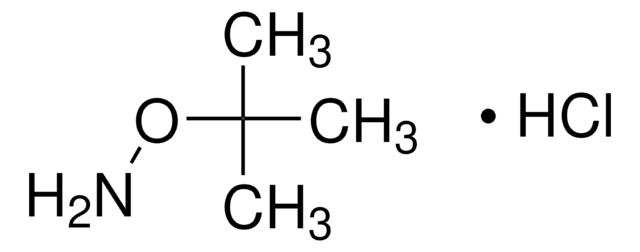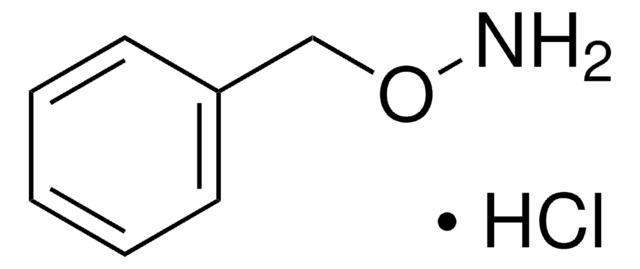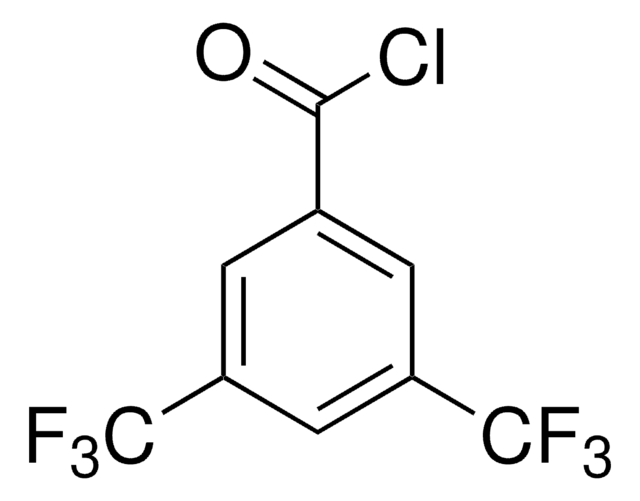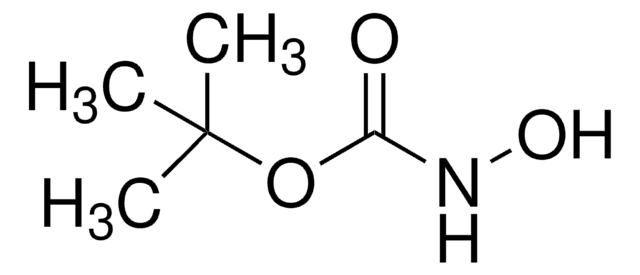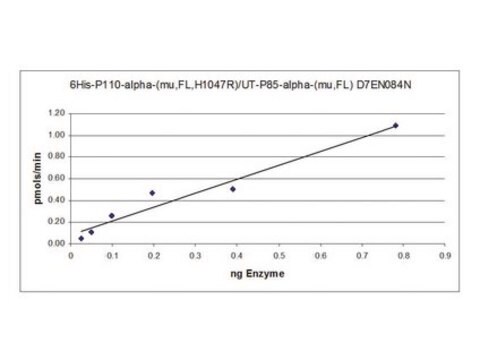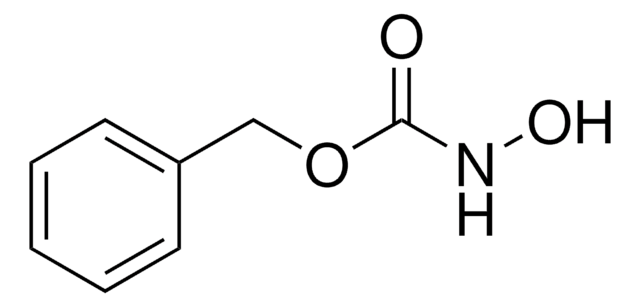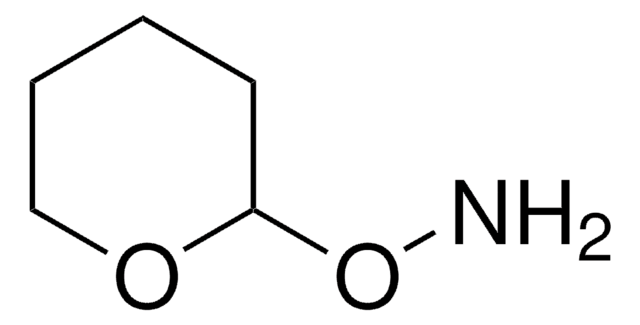194751
N-tert-Butylhydroxylamine hydrochloride
≥98%
Iniciar sesiónpara Ver la Fijación de precios por contrato y de la organización
About This Item
Fórmula lineal:
(CH3)3CNHOH · HCl
Número de CAS:
Peso molecular:
125.60
Beilstein/REAXYS Number:
3546053
EC Number:
MDL number:
UNSPSC Code:
12352100
PubChem Substance ID:
NACRES:
NA.22
Productos recomendados
assay
≥98%
form
solid
mp
183-185 °C (lit.)
SMILES string
Cl.CC(C)(C)NO
InChI
1S/C4H11NO.ClH/c1-4(2,3)5-6;/h5-6H,1-3H3;1H
InChI key
DCSATTBHEMKGIP-UHFFFAOYSA-N
¿Está buscando productos similares? Visita Guía de comparación de productos
Application
N-tert-Butylhydroxylamine hydrochloride was used in spin trapping of short-lived radicals. It was also used in the synthesis of α-ketoamides and 3-spirocyclopropanated 2-azetidinones.
Storage Class
11 - Combustible Solids
wgk_germany
WGK 3
flash_point_f
Not applicable
flash_point_c
Not applicable
ppe
Eyeshields, Gloves, type N95 (US)
Elija entre una de las versiones más recientes:
¿Ya tiene este producto?
Encuentre la documentación para los productos que ha comprado recientemente en la Biblioteca de documentos.
Los clientes también vieron
Yu-Kyung Kim et al.
Clinical hemorheology and microcirculation, 40(4), 315-324 (2009-01-08)
Irradiation has been shown to induce biochemical changes in stored red blood cells (RBCs) and to generate reactive oxygen species (ROS). This study evaluated the hemorheological properties, the degree of lipid peroxidation and the oxidative susceptibility of irradiated RBCs. Furthermore
Hyun Jeong Kim et al.
Redox report : communications in free radical research, 10(6), 287-293 (2006-01-28)
Heat shock may increase oxidative stress due to increased production of reactive oxygen species and/or the promotion of cellular oxidation events. Therefore, compounds that scavenge reactive oxygen species may regulate heat shock-induced cell death. Recently, it has been shown that
Jin Hyup Lee et al.
Carcinogenesis, 25(8), 1435-1442 (2004-03-16)
Exposure of cells to ionizing radiation leads to formation of reactive oxygen species (ROS) that are associated with radiation-induced cytotoxicity. Therefore, compounds that scavenge ROS may confer radioprotective effects. Recently, it has been shown that the decomposition product of the
David W Killilea et al.
Antioxidants & redox signaling, 5(5), 507-516 (2003-10-29)
Iron accumulates as a function of age in several tissues in vivo and is associated with the pathology of numerous age-related diseases. The molecular basis of this change may be due to a loss of iron homeostasis at the cellular
On the anti-aging activities of aminoguanidine and N-t-butylhydroxylamine.
A R Hipkiss
Mechanisms of ageing and development, 122(2), 169-171 (2001-02-13)
Nuestro equipo de científicos tiene experiencia en todas las áreas de investigación: Ciencias de la vida, Ciencia de los materiales, Síntesis química, Cromatografía, Analítica y muchas otras.
Póngase en contacto con el Servicio técnico
